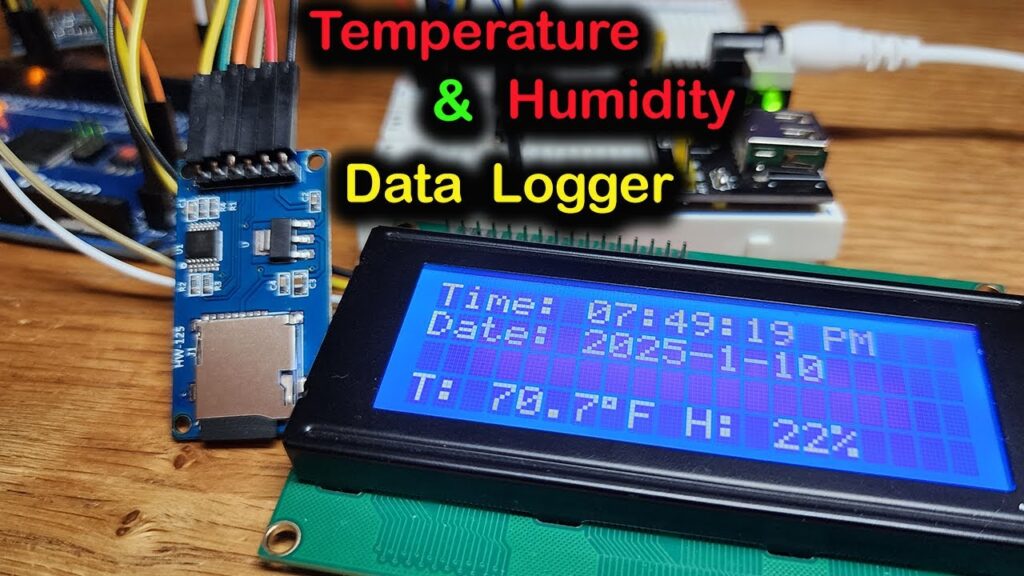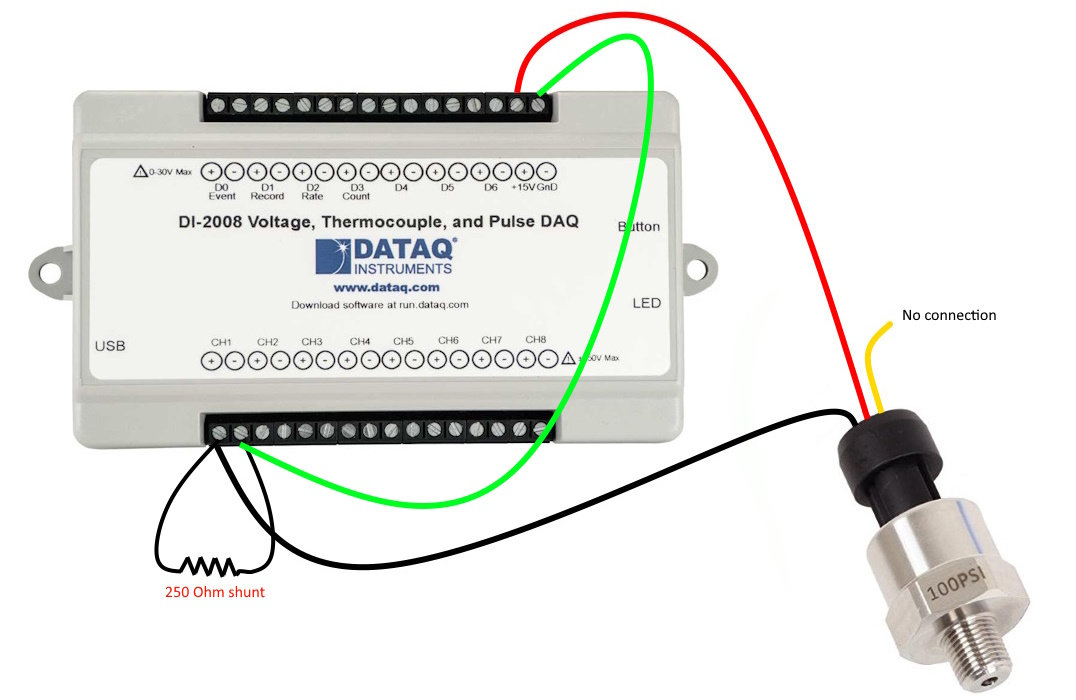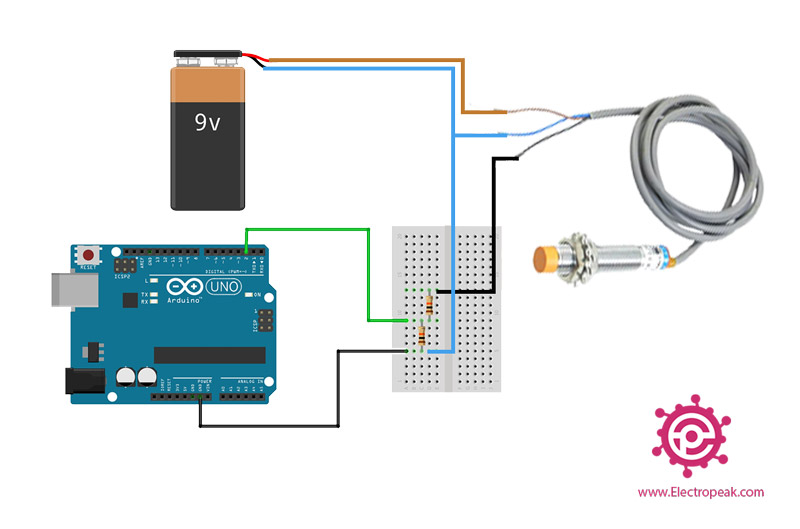Best Way to Build a Temperature Data Logger
Are you interested in building your own temperature data logger? Whether you are a hobbyist looking to monitor the temperature in your home or a professional looking to track temperature changes in a laboratory setting, building your own data logger can be a fun and rewarding project. In this article, we will discuss the best way to build a temperature data logger from scratch.
1. Choose the Right Components
The first step in building a temperature data logger is choosing the right components. You will need a microcontroller, a temperature sensor, a power source, and some form of data storage. Some popular choices for microcontrollers include Arduino and Raspberry Pi. For the temperature sensor, a digital sensor like the DS18B20 is a common choice. As for data storage, an SD card or USB flash drive works well.
2. Assemble the Hardware
Once you have gathered all of your components, it is time to assemble the hardware. Connect the temperature sensor to the microcontroller, making sure to follow the appropriate wiring diagram. Attach the power source and data storage device, and double-check all connections before moving on to the next step.
3. Write the Software
Next, you will need to write the software that will collect and store the temperature data. If you are using an Arduino, you can program it using the Arduino IDE. If you are using a Raspberry Pi, you can use Python or another programming language of your choice. Be sure to test your software thoroughly to ensure that it is working correctly.
4. Test and Calibrate
Once you have assembled the hardware and written the software, it is time to test and calibrate your temperature data logger. Place the sensor in various environments with known temperatures to ensure that it is working accurately. If necessary, make adjustments to the calibration settings until the data logger is providing accurate readings.
5. Monitor and Analyze
Once your temperature data logger is up and running, you can begin monitoring and analyzing the data it collects. You can create graphs and charts to visualize temperature trends over time, set up alerts for certain temperature thresholds, or export the data for further analysis in a spreadsheet program. The possibilities are endless!
Conclusion
Building your own temperature data logger is a fun and educational project that can be tailored to your specific needs. By choosing the right components, assembling the hardware correctly, writing and testing the software, and calibrating the device, you can create a reliable temperature monitoring system that will provide valuable insights into temperature fluctuations. So why wait? Start building your temperature data logger today!
Best Way to Build a Temperature Data Logger
Are you interested in building your own temperature data logger? Whether you are a hobbyist looking to monitor the temperature in your home or a professional looking to track temperature changes in a laboratory setting, building your own data logger can be a fun and rewarding project. In this article, we will discuss the best way to build a temperature data logger from scratch.
1. Choose the Right Components
The first step in building a temperature data logger is choosing the right components. You will need a microcontroller, a temperature sensor, a power source, and some form of data storage. Some popular choices for microcontrollers include Arduino and Raspberry Pi. For the temperature sensor, a digital sensor like the DS18B20 is a common choice. As for data storage, an SD card or USB flash drive works well.
2. Assemble the Hardware
Once you have gathered all of your components, it is time to assemble the hardware. Connect the temperature sensor to the microcontroller, making sure to follow the appropriate wiring diagram. Attach the power source and data storage device, and double-check all connections before moving on to the next step.
3. Write the Software
Next, you will need to write the software that will collect and store the temperature data. If you are using an Arduino, you can program it using the Arduino IDE. If you are using a Raspberry Pi, you can use Python or another programming language of your choice. Be sure to test your software thoroughly to ensure that it is working correctly.
4. Test and Calibrate
Once you have assembled the hardware and written the software, it is time to test and calibrate your temperature data logger. Place the sensor in various environments with known temperatures to ensure that it is working accurately. If necessary, make adjustments to the calibration settings until the data logger is providing accurate readings.
5. Monitor and Analyze
Once your temperature data logger is up and running, you can begin monitoring and analyzing the data it collects. You can create graphs and charts to visualize temperature trends over time, set up alerts for certain temperature thresholds, or export the data for further analysis in a spreadsheet program. The possibilities are endless!
Conclusion
Building your own temperature data logger is a fun and educational project that can be tailored to your specific needs. By choosing the right components, assembling the hardware correctly, writing and testing the software, and calibrating the device, you can create a reliable temperature monitoring system that will provide valuable insights into temperature fluctuations. So why wait? Start building your temperature data logger today!



